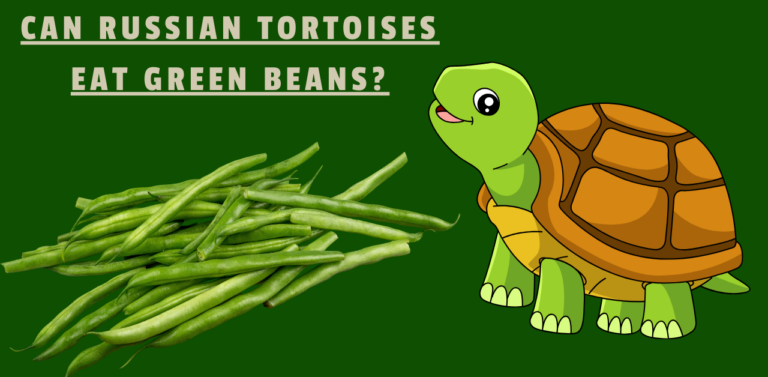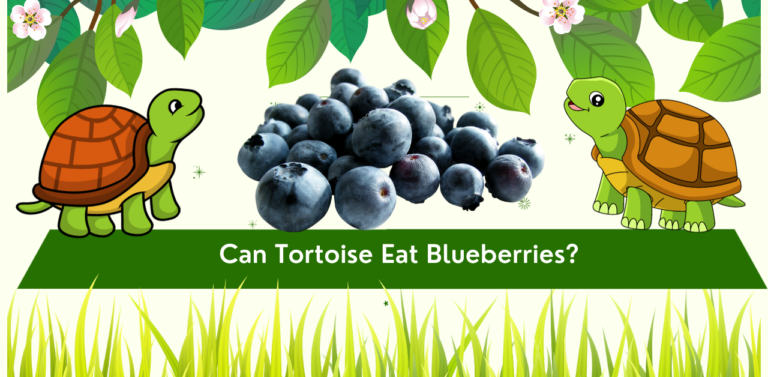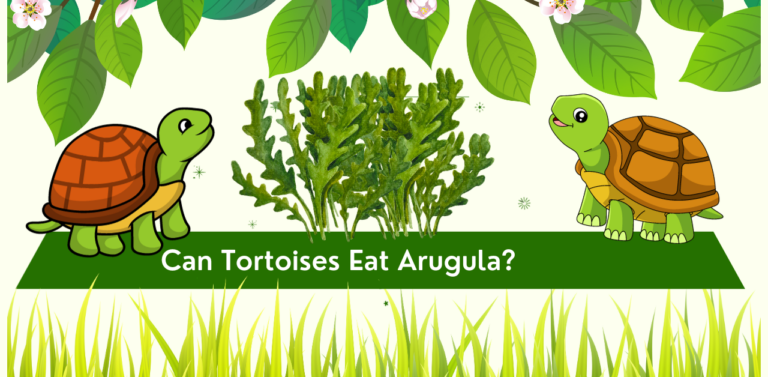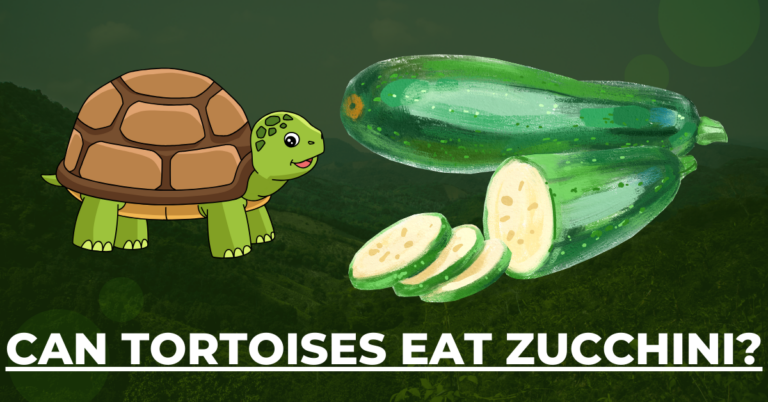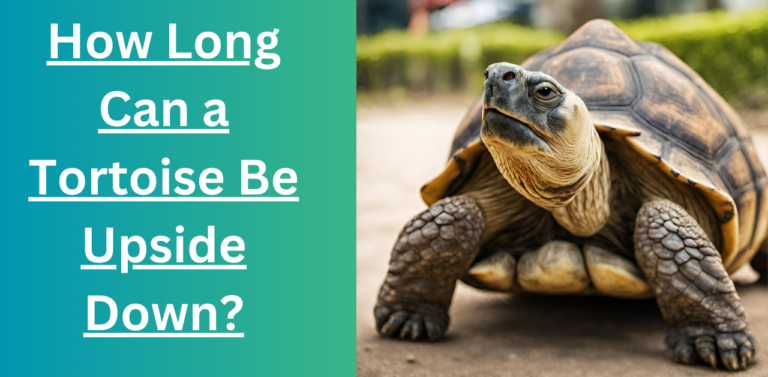Turtles, known for their noteworthy life span and flexibility, are captivating animals that have adjusted to get by in different conditions. One of the critical inquiries frequently posed to about these creatures is how long they can tortoise without water. This question isn’t just intriguing from an organic outlook but it is vital for pet people and moderates.
Understanding Tortoise Physiology
To understand how long a tortoise can survive without water, it’s important to first understand their physiology. Tortoises are reptiles, which means they are ectothermic (cold-blooded) and rely on external sources to regulate their body temperature. This transformation permits them to ration energy and water more productively than endothermic (warm-blooded) creatures.
Variations Among Species
There are numerous species of tortoises, and each has adapted to its specific environment. For instance, the desert tortoise, native to the southwestern United States and northern Mexico, is adapted to extremely arid conditions and can go for weeks or even months without direct water intake. In contrast, tropical species, such as the red-footed tortoise, need more frequent access to water due to the higher humidity and their dietary requirements.
Survival Strategies
Tortoises have developed several strategies to cope with water scarcity:
- Efficient Water Usage: Tortoises have a slow metabolism, which helps in conserving water and energy. They extract most of the water they need from the food they eat, such as fruits and vegetables, which have high water content.
- Water Storage: Some tortoise species can store water in their bladders, which they can reabsorb when needed. This adaptation is particularly vital for desert-dwelling species.
- Behavioural Adaptations: Tortoises often engage in behaviours that minimize water loss, such as being active during cooler parts of the day and burrowing to escape extreme temperatures.
Dependency on Environmental Conditions
The duration a tortoise can go without water heavily depends on environmental conditions like temperature, humidity, and the availability of food with high water content. In cooler and more humid conditions, tortoises can conserve water more efficiently than in hot, dry environments.
Health Implications
While tortoises can survive for extended periods without direct water intake, prolonged dehydration can lead to health issues, including kidney problems and shell deformities. It’s crucial for pet owners to provide a consistent source of clean water, even if the tortoise doesn’t drink often.
How Long can a Russian Tortoise go Without Water?
A Russian tortoise can survive without water for quite some time, often up to several weeks, thanks to their adaptation to arid environments. However, it’s important to note that while they can survive for extended periods without direct water intake, this doesn’t mean they should be kept without water. Dehydration can lead to serious health issues. They often get moisture from their food, so a diet rich in fresh vegetables and fruits can help maintain hydration. Nonetheless, providing regular access to clean water is essential for their overall health and well-being.
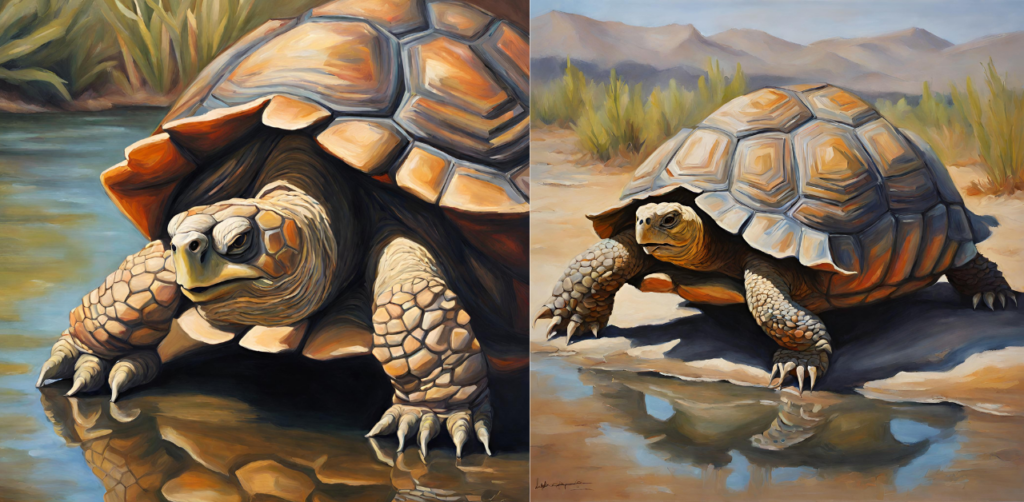
How long can a tortoise live in water?
Tortoises, unlike turtles, are primarily land-dwelling creatures and are not adapted for living in water. They can soak in shallow water for hydration and to help with shedding skin or relieving constipation, but they cannot swim well and can drown if left in deep or prolonged water. The duration a tortoise can survive in water depends on the species and the conditions, but as a general rule, they should not be left in water where they cannot easily touch the bottom and lift their head above water to breathe.
If you have a tortoise and are considering any water-related activities, it’s crucial to ensure that the water depth is shallow and that the tortoise can easily exit the water. For most species, a shallow dish that allows them to wade and drink without risk of submersion is appropriate. Always supervise your tortoise during any water exposure.
How long can a gopher tortoise go without water?
Gopher tortoises, adapted to living in dry, sandy environments like those found in the southeastern United States, are quite resilient to water scarcity. They can go for long periods without direct water intake, primarily because they obtain moisture from the vegetation they consume. Their eating regimen predominantly comprises grasses, spices, and other vegetation, which furnish them with fundamental hydration.
The exact duration a gopher tortoise can survive without water is not specifically defined, as it depends on various factors such as environmental conditions, the tortoise’s health, and the moisture content of its food. However, it’s understood that these tortoises are well-adapted to survive in environments where water is not always readily available.
Despite their ability to withstand periods of drought, it’s important to ensure that captive gopher tortoises have access to fresh water. They may not drink frequently; however, giving a shallow dish of water that they can access without much of a stretch is fundamental for their well-being and prosperity.
Conclusion
In summary, while tortoises are remarkably adept at surviving in arid conditions, the exact duration they can go without water varies greatly among species and is influenced by environmental factors. Understanding these aspects is essential for the proper care and conservation of these unique reptiles. As a rule of thumb, providing regular access to water is always the best practice for maintaining a healthy tortoise.
FAQs: How long can a tortoise go without water?
The duration a tortoise can survive without water varies depending on factors like the tortoise’s species, environmental conditions, and access to food with water content. Some tortoises can go for weeks or even months without direct water intake in arid environments.
No, different tortoise species have varying water requirements. Desert-dwelling species are adapted to arid conditions and need less frequent access to water. While tropical species may require more regular hydration due to higher humidity levels.
Tortoises have developed several strategies to conserve water. Including extracting water from the food they eat (which often has high water content). Storing water in their bladders for later use and adopting behaviours to minimize water loss.
Yes, tortoises can become dehydrated if they don’t have access to water or if their environment is too dry. Prolonged dehydration can lead to health issues and should be avoided.
Pet tortoises should have access to clean, fresh water at all times. Even if they don’t drink often, providing a consistent source of water is essential for their well-being.

